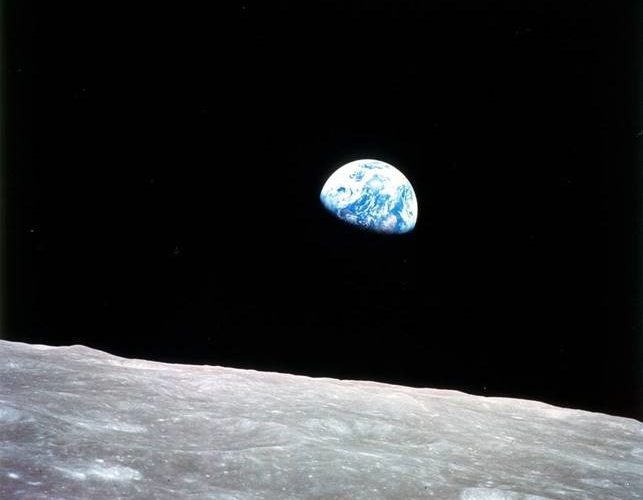 Today is Earth Day, when we’re encouraged to consider our relationship to, and influence on, the environment around us. While many aspects of the environmental movement have gotten enmeshed in controversial politics, the core topic of environmental care is near and dear to Christian teaching. A careful reading of the Bible—and of the Genesis creation account in particular—shows that stewardship of God’s creation is an important part of our lives as Christ-followers.
Today is Earth Day, when we’re encouraged to consider our relationship to, and influence on, the environment around us. While many aspects of the environmental movement have gotten enmeshed in controversial politics, the core topic of environmental care is near and dear to Christian teaching. A careful reading of the Bible—and of the Genesis creation account in particular—shows that stewardship of God’s creation is an important part of our lives as Christ-followers.
The following reflection, from our “Discovering God’s Design” devotional, discusses the importance of “place” in the biblical narrative, and seems particularly appropriate for Earth Day.
A Sense of Place
Time and again in the Old Testament, the spiritual health of the people of Israel and the health and well-being of their land reflect each other. God had given the Israelites their own land, a land of plenty and fruitfulness. Where is your “Canaan”? What are the unique beauties and distinctive features of the place where you live? Biology professor David S. Koetje provides insights into caring for our “place”:
“Faithfully caring for creation requires us to develop a stronger sense of place. Place relates to the distinctive features of specific landscapes, habitats, and communities. Fields, forests, deserts, and ponds are obviously unique places with distinctive features … [A] critical first step toward redeeming our fallen relationship with our lands and their inhabitants is attentiveness to the distinctive natural and cultural features of places.
It only takes a minute to create your own Bible Gateway free personal account and you’ll immediately upgrade your Bible Gateway experience. Do it right now!
“Faithfully administering our calling requires us to serve these places. The term most often used to describe our caring for creation is “stewardship”: management on behalf of a higher authority. Because a steward is subject to God, she cannot simply do as she pleases with creation. Furthermore, she cannot claim that stewardship only applies to certain areas of the Christian life, such as finances, and not to others. Stewardship applies to all our relationships within creation: land, water, and energy; ecosystems, habitats, and species; our places, our bodies, our work…”
As we focus on the importance of interrelationships and our own embeddedness within creation, how then do we serve our places? Stewardship that is place-based has five essential characteristics:
- Being attentive to the local ecology. What species are native to the place, and what are their interrelationships? What interdependencies make these ecosystems resilient against forces that would threaten their integrity? What positive and negative effects do human actions have on this habitat?
- Heeding the needs and knowledge of local communities. What have we learned about our community’s distinctive features and functions through our experience with it?
- Letting local cultural values inform priorities and practices. How do locally rooted values and experiences provide insights into appropriate stewardship?
- Cultivating precaution, caring, and conservation. How can we nurture the special features of the place? How can we encourage Sabbath rests and deter exploitation?
- Collectively forging technologies, practices, and policies that enhance our embeddedness in places. In what ways can we cooperate to enhance the interrelationships essential to the integrity of the place? How can we promote the flourishing of all its inhabitants, human and nonhuman?
This reading is from “A Sense of Place” in the Discovering God’s Design devotional from the Stewardship Bible. Subscribe to other free devotionals via email by signing up here.
Learn more about God’s amazing creation when you become a member of Bible Gateway Plus. Try it right now!
=p>
The post The Earth Is the Lord’s! appeared first on Bible Gateway Blog.











